This guide will show you how to delete an app on your Mac that simply won’t delete or go away. There can be a couple of reasons why an app simply won’t uninstall, and this guide will give you several reasons as to why, along with some solutions to this problem.
Whether you need additional storage space or are simply trying to get rid of certain applications, this guide will show you how to delete and uninstall apps that won’t delete or uninstall.
How to Delete an App that Won’t Delete
First, let’s take a look at deleting apps using Apple’s Launchpad. First, it is important to note that Launchpad is only capable of deleting apps downloaded from the official App Store. It is also worth noting that some may find this to be the easiest route to take.
How to Use Launchpad to Delete an App
To use Launchpad to delete an app, follow these steps:
- Open Launchpad from your Dock or from the Applications folder.
You can also use your trackpad by pinching your thumb and three fingers closed to bring up the program.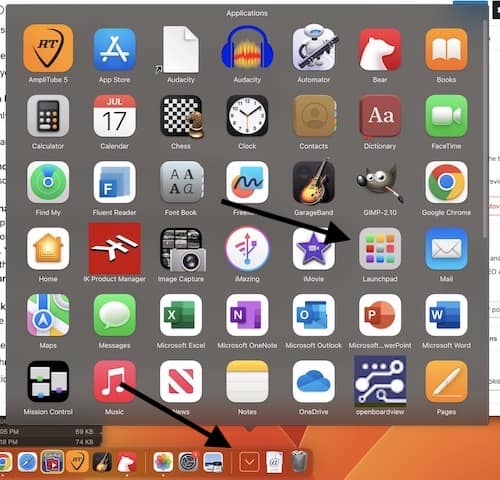
- If you’re unable to find the app in Launchpad, you still have some options.
First, try typing the name of the app in the search field at the top of Launchpad. Also, if you have more than one page of apps, switch between the pages by implementing the dots at the bottom of the screen. You can also move through Launchpad pages by swiping left or right using two of your fingers on the trackpad. - To delete an app, press and hold the Option (⌥) key. You can also click and hold an app until it jiggles.
- Lastly, click the Delete button (the X) that is next to the app you want to delete.
Click delete to confirm. The app will be deleted.
While this can be a great method for deleting apps installed from the App Store, you may need to delete apps acquired through other methods. If this is the case, using the Finder to uninstall and delete apps can also be particularly useful.
How to Delete an App Using Finder
To delete apps using the finder, follow these steps:
Time needed: 10 minutes
How to delete apps using the Finder on Mac.
- Move to the Finder. Do this either by clicking the Desktop, or using the Finder icon in the Dock.
- Select the app you want to delete.
Note that virtually all of your apps will be in the Applications folder, which is in the sidebar of any Finder window.
You can also find apps through the menu bar by selecting Go > Applications. - From here, you have three different methods of deleting the app, all of which involve getting the app to the trash.
You can drag the app to the Trash.
You can also select the app and choose File > Move to Trash from the menu bar.
Or, choose the app, and press Command-Delete on your keyboard. - You may be asked for the administrator username and password.
Typically, this is the account you use to sign-in to your Mac. Type in the information.
- After moving the app to the trash, go to Finder > Empty Trash.
With this giving you two different ways of deleting apps, there may still be some apps that simply will not delete. In this case, we think that dedicated software like MacPaw can be an efficient method to uninstall stubborn apps because it has a duo tool that completely removes any unneeded app and updates all of your other software, which keeps your Mac at its peak performance.
The two largest reasons an app simply won’t uninstall is because it is a system app, or the app is currently still running.
Systems apps are not able to be deleted. These are the apps that typically arrive with your device, and were preloaded onto the machine before you purchased it.
The other reason an app won’t delete or uninstall is that it is still running. While you may have forgotten that the app is likely running in the background, users are not able to delete or uninstall an app if it still running.
For further reading, check out how to delete old file versions in macOS.
How to Force Quit an App
If an app is still running and you want to uninstall it, you may need the app to Force Quit.
To Force Quit an app, follow these steps:
- Press Command + Option + Esc on your keyboard.
This will bring up the Force Quit Application from wherever you are on your Mac. - Select the App you want to Force Quit, then click Force Quit at the bottom of the window.
- With the app no longer running, follow the same steps either from the Launchpad options or from the Finder options, as listed above.
Of course, some apps may not appear in the Force Quit dialog box. For example, apps that live in the menu bar, such as iMazing mini, Cardhop, iStatsMenus etc. may require you to use Activity Monitor to quit them.
How to Quit an App Using Activity Monitor
To stop an app using Activity Monitor, follow these steps:
- Activity Monitor can be found in the Utilities Folder under Applications.
- Find the name of the application running.
It may not be the same name as the app you are trying to uninstall. While it may be similar, it won’t necessarily be exactly the same. - Click the Stop button (X) from the upper-left corner of the Activity Monitor window.
You can also use the Touch Bar, should you have one. - You will have two options:
Selecting Quit is the same as selecting File > Quit within an app. It should be noted that selecting this will only quit the app if the app determines it is safe to do so. This means the app will only quit if there will be no data loss or interference with another app.
Choosing Force Quit will stop the app immediately. This may cause data loss. This may also interrupt other apps, and may potentially cause interference issues.
These methods should delete any app that is giving you issues. Be sure to follow the instructions carefully for the best results. A clean machine is a happy machine, and these steps should help you delete or uninstall any app on your Mac that won’t delete.
Be sure to follow The Mac Observer for more tips and tricks.
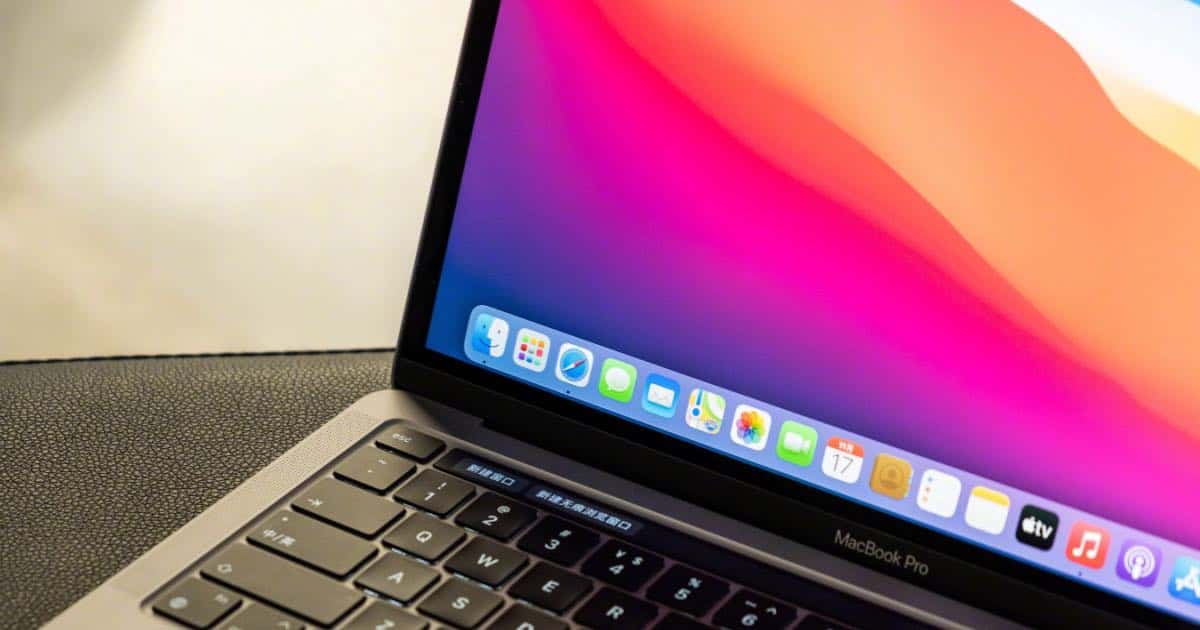
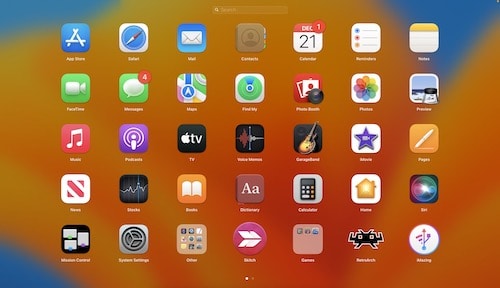

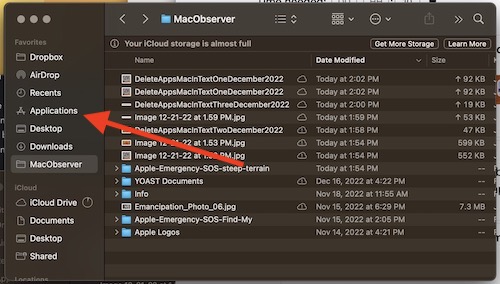
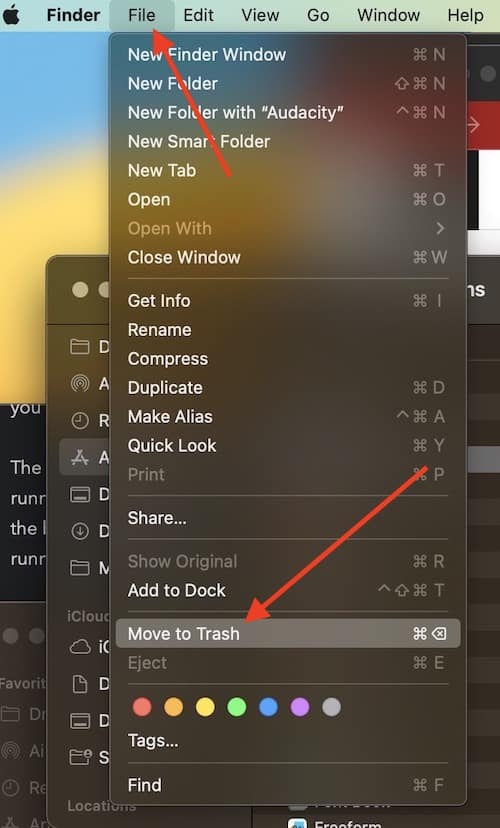
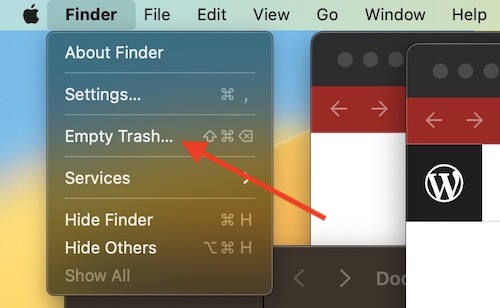
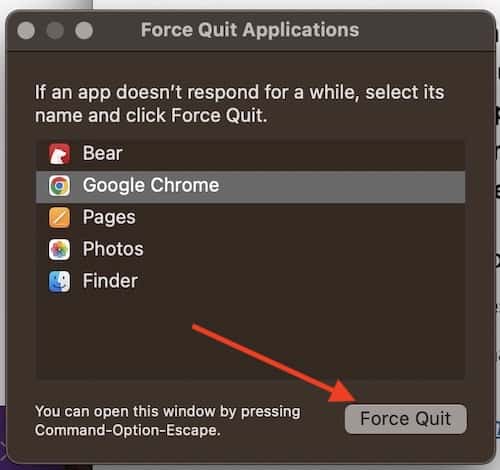
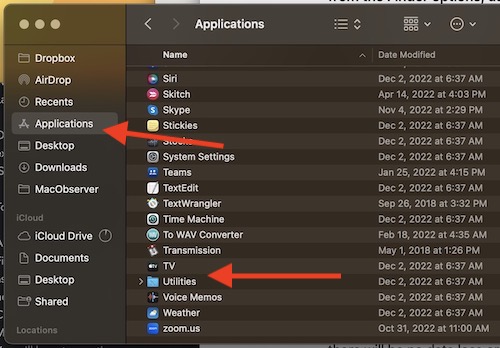
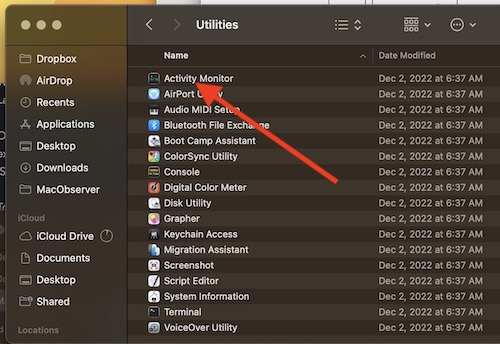
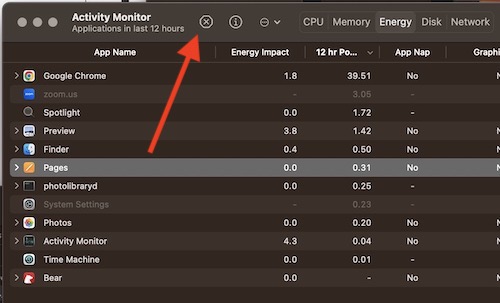
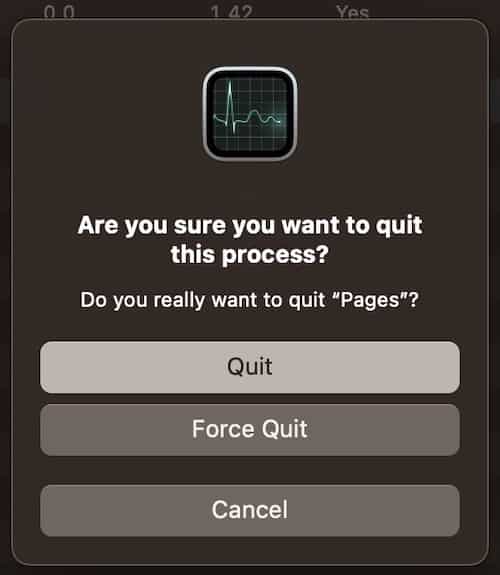
I am wondering with Ventura whether when you delete a app as described here, all the preference files and other related files are also deleted. With older OS’s one had to dig around and find related files or use an uninstall application that would automatically hunt and delete. Or, you could see whether there is an uninstall app that came with the original app and use that – they usually delete everything related to the application.